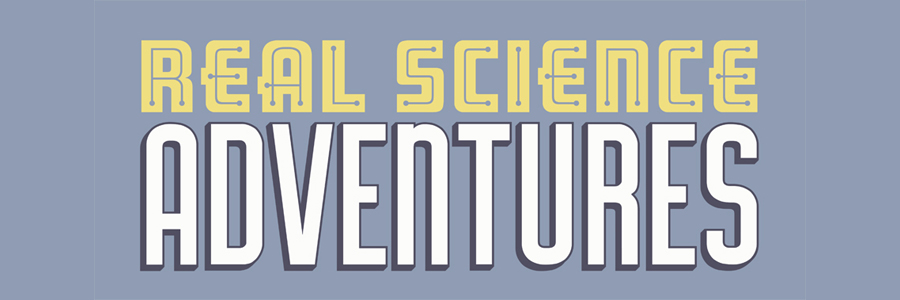This is how we do things because it works for us. Parts of it might work for you! Other parts might sound so stupid you’re beginning to wonder how I’ve gotten this far in life without drowning in the shower.
So, First Rule: use what is beneficial and discard the rest.
If something here doesn’t work for you, you are not wrong and you should delight in ignoring it. It is my sincere hope that thinking about why it doesn’t work for you will better illuminate what does work for you and why.
Okay, first the good news.
You already know how stories work. And you know when they go wrong. Oh, you might not be able to articulate what was so good or so wrong about a given story, but you know it deep in your bones. Like, when you’re reading a story and something just takes you right out of it. “Oh, that’s not realistic!” you might say, without irony, about a book where the war between Dragons and Vampires takes up a lot of pages and realism is the least of its concerns. But you have certain expectations of how a story should work and how its characters should behave even in a wildly unrealistic tale.
It's not a matter of a story's "realism" it's a matter of its internal consistency. Every detail about Atomic Robo himself is 100% unrealistic. He's an intelligent nuclear powered robot built before nuclear reactors or electric computers. But no one notices because an intelligent nuclear powered robot is consistent with setting and tone of the story he's in.
When a story doesn’t work it stands out like a wrong note in a symphony — even if you can’t play an instrument, can’t write music, don’t even know what the right note should’ve been, you'll still know when it’s wrong.
Same thing for how stories work. That’s because you know stories. You think in stories! They are quite literally how the human mind operates. Narrative is the lens through which we experience reality itself. Your memory is just stories. Your personality, your choices and actions throughout the day, these are the results of the stories you tell yourself about the world and your place in it.
You let an old lady with one item in her basket go in front of you in the grocery store because part of the story of yourself is that you’re a good and kind and patient person. Which is also why you’ve never killed someone for cutting you off in traffic even though they so richly deserve it.
And when you tell friends or family about the old lady or the absolute jackass cutting you off, you’re telling them stories. And there’s probably one version you’d tell your parents and another you’d tell your best friend.
And they probably laugh, and smile, and gasp at all the right parts. Like I said, you know how stories work!
So, then why the hell am I wasting your time with a bunch of blog posts about writing stories like it's 2004?
When you’re writing a story you’re generally starting with nothing — yes, I’m sorry, that Dragon/Vampire war never happened — and doing that involves thinking about how we think about stories which can really trip you up.
But, good news again — good stories have a structure that do some of the thinking for you.
Actually there’s like a million structures and probably ten million variations on each of them but don’t worry about it. We’ll focus on a couple simple ones that are easy to play with. Odds are one of them will work for you, but even if they don't, that's good news too, because playing with them and finding out what you don't like about them will help you to find a structure you can use.
There are five simple steps to (almost) every ATOMIC ROBO story and, by a wild coincidence, they (almost) align with the five issues of (almost) every ATOMIC ROBO story.
They are...
(1) Introduce the conspiracy. Since we hop all over Robo’s long life, it behooves us to spend some time acclimating readers to the specific Where And When of the current volume. Meanwhile this is also where we drop the first hint(s) about The Bad Thing that Robo will have to stop.
(2) Discover the conspiracy. The whole point of a conspiracy is that it’s secret, so we need Robo to discover The Bad Thing so he may begin to work against it. He may have started to notice pieces of the puzzle in the previous issue, but this is where it starts to come together.
(3) Chase the conspiracy. Robo confronts and confounds the conspiracy. He usually employs a clever or unexpected application of knowledge or expertise gained during his investigations from (2) or the course of his previous adventures. Ideally, it should appear that Robo is on the verge of victory or that the conspiracy is going to be taken completely off guard by his actions.
(4) Defeated by the conspiracy. Confrontations escalate and the conspiracy reveals its own clever or unexpected application of knowledge or resources that dismantles all of Robo’s efforts to this point, whoops. Whereas we thought Robo was on the verge of success, now it’s the conspiracy that appears to be victorious. Boooo!
(5) Triumph over the conspiracy. lol just kidding, the guy whose name is literally the title of the book will win. The conditions of Robo’s victory should come as a surprise in the moment but appear inevitable in retrospect because that means we left breadcrumbs in previous issues leading us to this result. A surprise victory that comes completely out of nowhere or makes no sense, uh, sucks. So, don’t do that. Ideally this victory comes at a cost. Robo should lose something — a comrade, a principle, a memento, a relationship, a potential future, etc.
We’re using “conspiracy” here as a shorthand for “The Bad Thing.” But since the world of ATOMIC ROBO is steeped in secret agencies and hidden agendas, The Bad Thing often is a conspiracy whether it’s a lone maniac like Helsingard or Doctor Dinosaur or a whole government bureau like Majestic 12 or DEPARTMENT ZERO.
This is getting a bit long so we'll take a break here. You've got some rules to play around with now, so next time we'll talk about breaking the rules.



